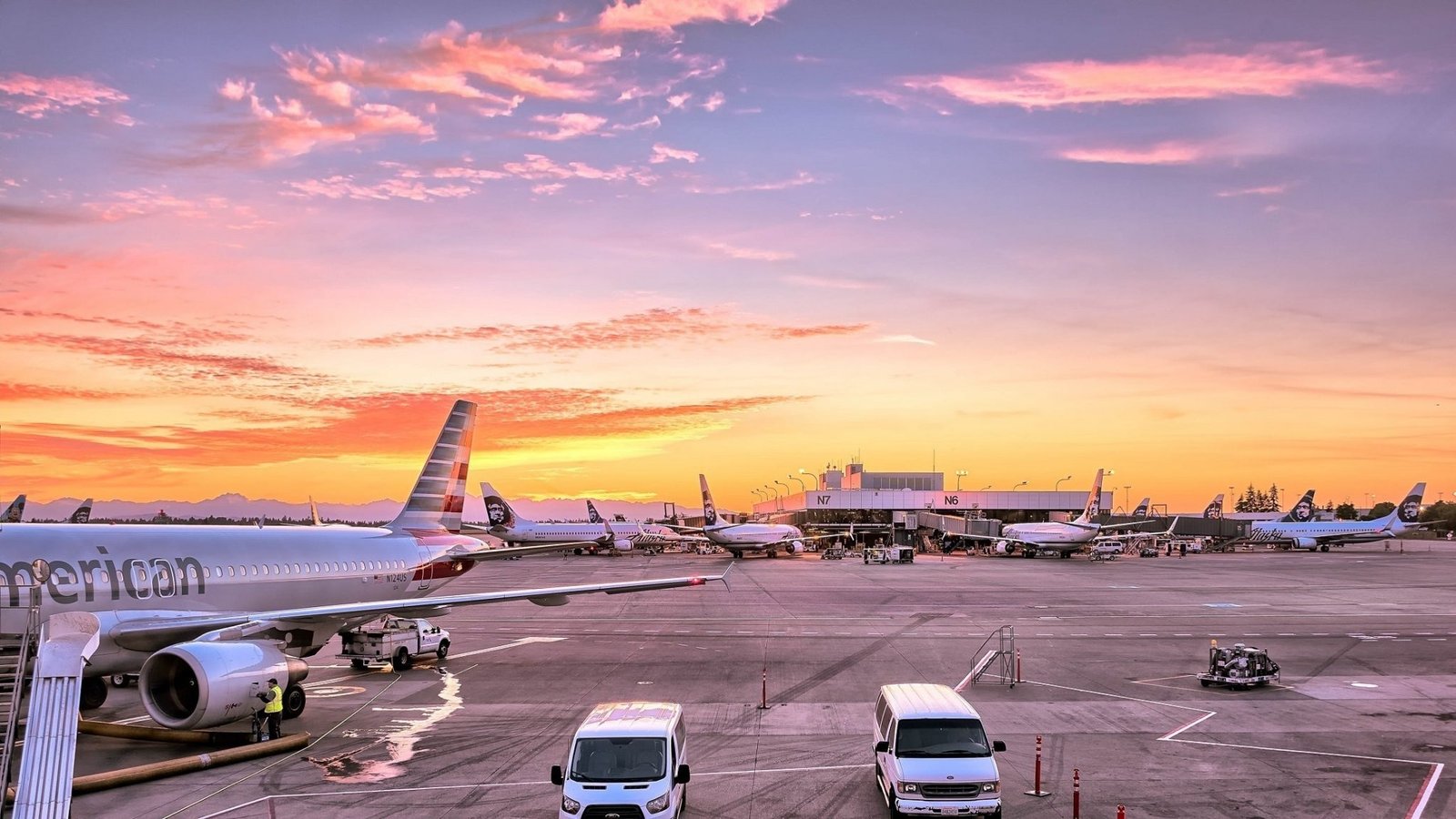
Airports’ Key Trends To Satisfy Travelers
A record 965 million airline passengers flew in the U.S. last year, a 3.4% increase over 2016. So far this year, major airports in the country have reported record passenger growth.
While all of those eager travelers should be great news to airports, airlines and rental car companies, the stratospheric growth, set against a backdrop of straining infrastructure, is putting a serious strain on travel customer satisfaction. Still, despite the threat of long security lines, packed parking lots and cramped overhead compartments, the industry is finding ways to keep travelers happy.
Increasingly, that’s happening through deft use of technology.
J.D. Power Travel Practice Lead Michael Taylor has been living the good, the bad and the ugly of traveler customer experience as he crisscrosses the globe, talking with travel industry business leaders.
“The airports, airlines and rental car companies that are identified as high-performing in J.D. Power rankings are all upping their technology games considerably to deal with the surge in volume. It’s no easy task, but some of the investments being made now are showing serious promise,” Taylor said.
Airports Tap AI: a facial recognition software to wrangle passenger traffic
Airport managers are very interested in the movement of passengers through terminals… and in their non-movement, which sometimes happens when you’re stuck at an overcrowded security checkpoint.
Airports have a few ways to track passengers’ movements and behaviors. Many of those identified as high-performing by J. D. Power “digitize” human beings to track them as they travel through the airport.
Some airports use video tracking with face recognition to track how long it takes one “face” to get from one side of the airport to another, which helps measure the ability of the security line to clear passengers efficiently.
Some others use “beacon” technology. In this case, the airport is studded with small transponders that latch onto the Bluetooth signal emitted by smartphones. A Bluetooth signature is converted into a set of random digits, and each time a person passes by a battery operated beacon, that digital ID is recorded, and the time between beacons is registered.
All this tracking helps to optimize the number of TSA employees at a given point, at a given time.
Airlines go self-service and passengers love it
According to J. D. Power, the highest-rated part of the airport and airline experience is check-in/bag check. Then operated by airline employees, that work is now mainly done by the passengers, by using a kiosk, self-serve bag tagging, or their smartphone before they even get to the airport.
These technologies address a basic traveler frustration: waiting for someone else to complete a process so you can start yours.
Self-service reduces the stress of standing in a queue, and frees up airline personnel to accomplish other tasks associated with flights.
The new TSA “Smart Lanes” uses the same principle: taking passengers out of an in-line process, and allowing them to process on their own, each at their own pace. One obstacle preventing this approach from being perfected at every airport, though, is infrastructure. Most older airports aren’t designed to accommodate the space needed to make Smart Lanes as efficient as the check in and back check processes.
Rental car companies connect with millennials’ smartphones
According to J. D. Power’s data, as a group, Millennials are much less likely to own a car. But when they rent cars, they are more likely to choose higher-end, stylish automobiles with lots of bells and whistles, in contrast to Baby Boomers, who are more likely to choose cars based on rental costs.
J. D. Power’s data shows that renters who choose fancier wheels at a higher price are more satisfied and more likely to rent again. Renters who choose to rent cars based on price are less likely to be pleased and to rent again. Millennials seem to want to “splurge” a little with their rentals, which leads to higher likelihood to rent again.
Millennials also crave convenience above everything else. Having their smartphones to connect with the rental car is a key feature, as they never have to interact with rental car personnel. More and more companies are deploying this technology to great effect.














